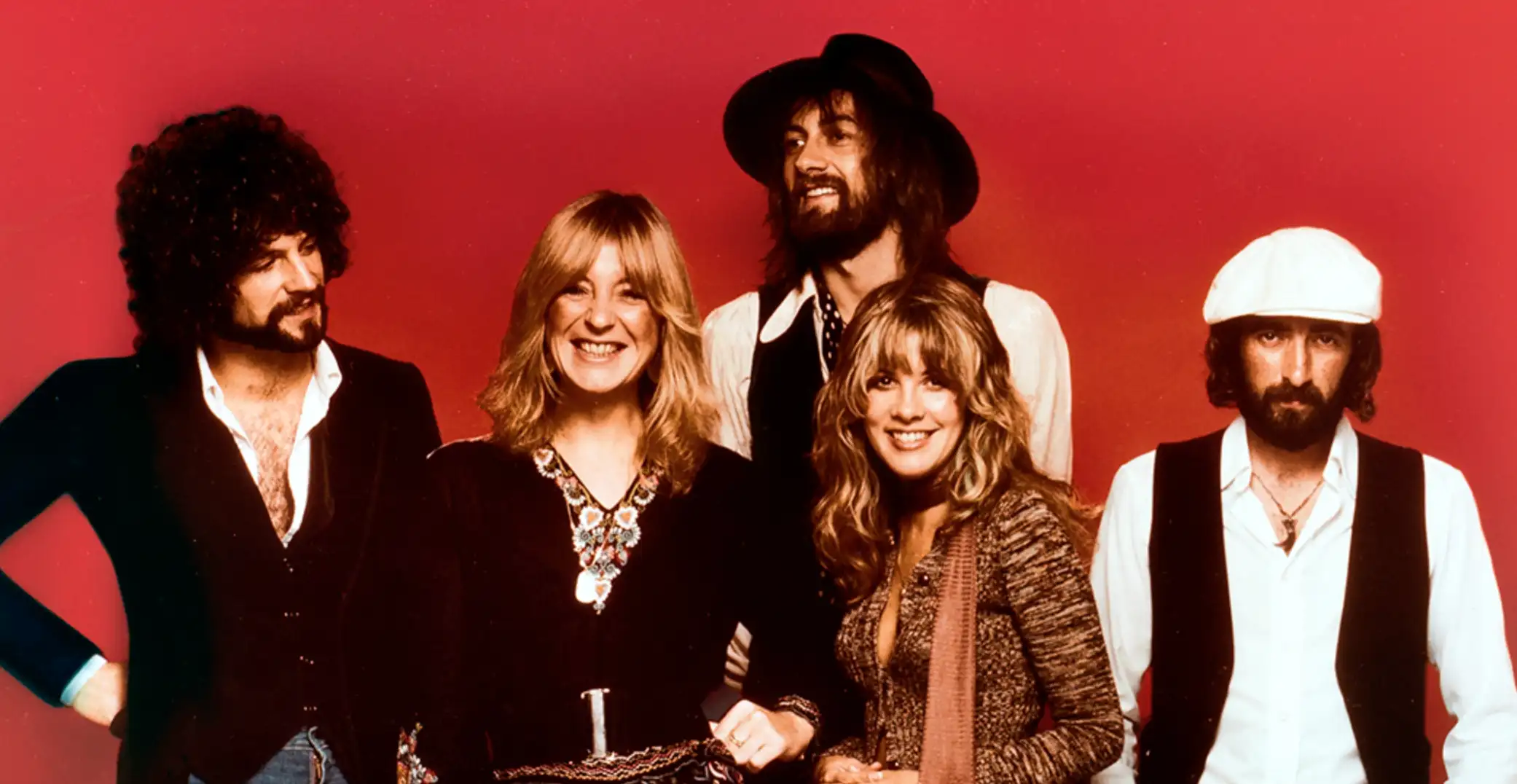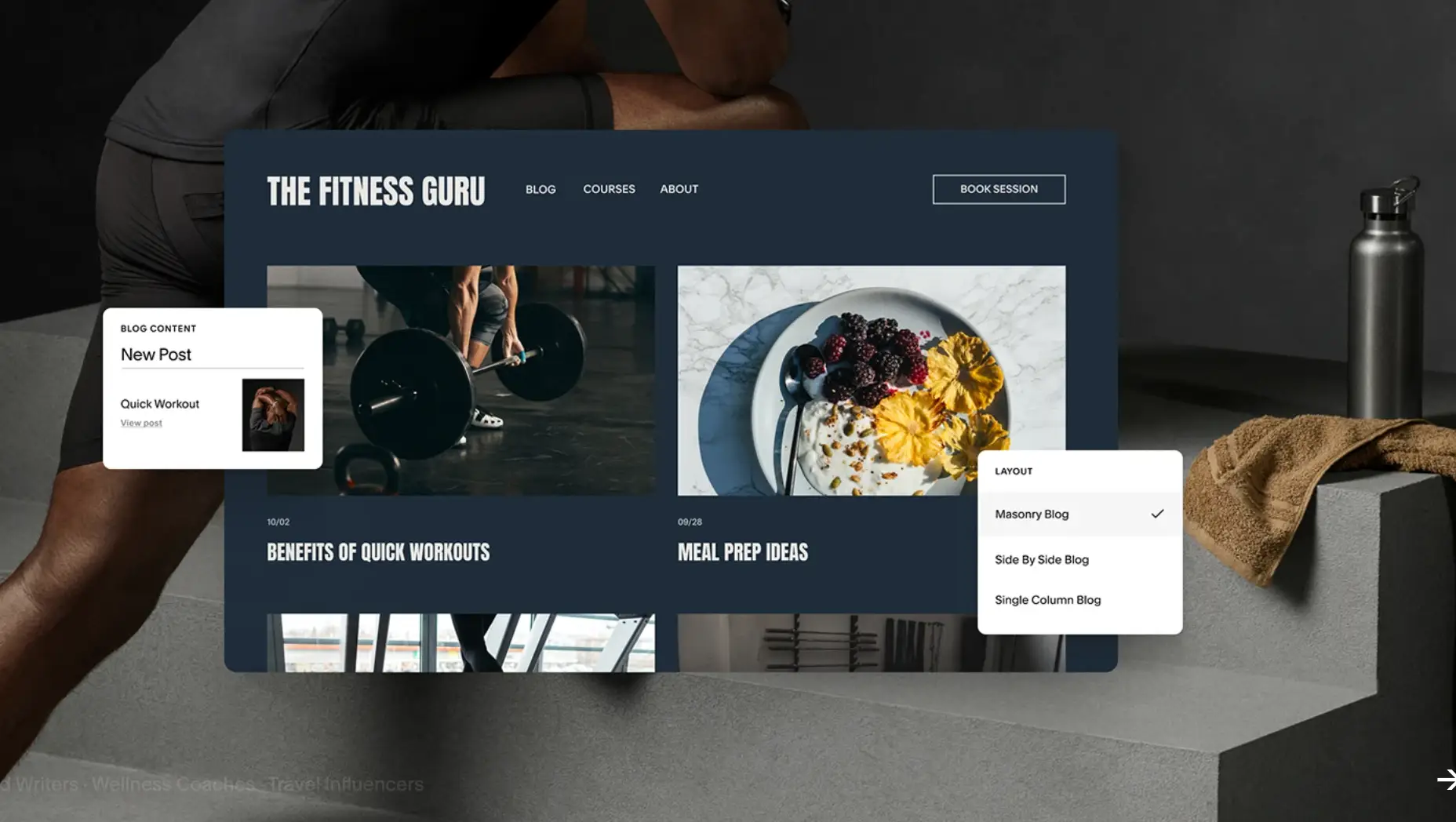The History of Social Media: A Timeline of Digital Connection and Cultural Change
Updated on
Published on
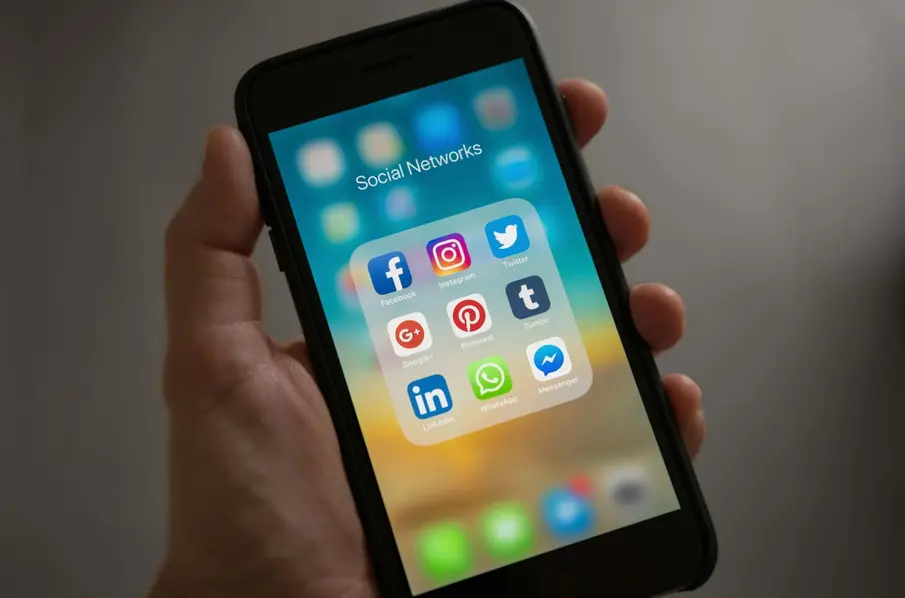
The history of social media spans just a few decades, but its impact on communication, culture, and global behavior is unprecedented. From early message boards and IRC chats to billion-user platforms like TikTok and Instagram, social media has redefined how we connect, share, and influence. What began as small online communities grew into ecosystems that shape elections, spark revolutions, and create celebrities overnight. In this timeline, we trace the major milestones that shaped the evolution of social media, highlighting the most important moments, platforms, and innovations that brought us from static profiles to immersive digital lives.
1980s–1990s: The Foundations of Online Communities
The earliest phase in the history of social media was marked by primitive but pioneering platforms that helped people communicate online for the first time. These were not yet social networks as we know them, but they introduced the core concept of online identity and connection. Bulletin board systems, chat rooms, and early personal pages were precursors to the social media explosion of the 2000s.
- 1985 – WELL (Whole Earth 'Lectronic Link): One of the first digital communities based on user interaction.
- 1988 – Internet Relay Chat (IRC): Enabled live, text-based chat in group channels—laying groundwork for real-time communication.
- 1994 – GeoCities: Allowed users to create personal websites organized by interests; hugely popular pre-MySpace.
- 1997 – SixDegrees.com: The first true social networking site with user profiles and friend connections.
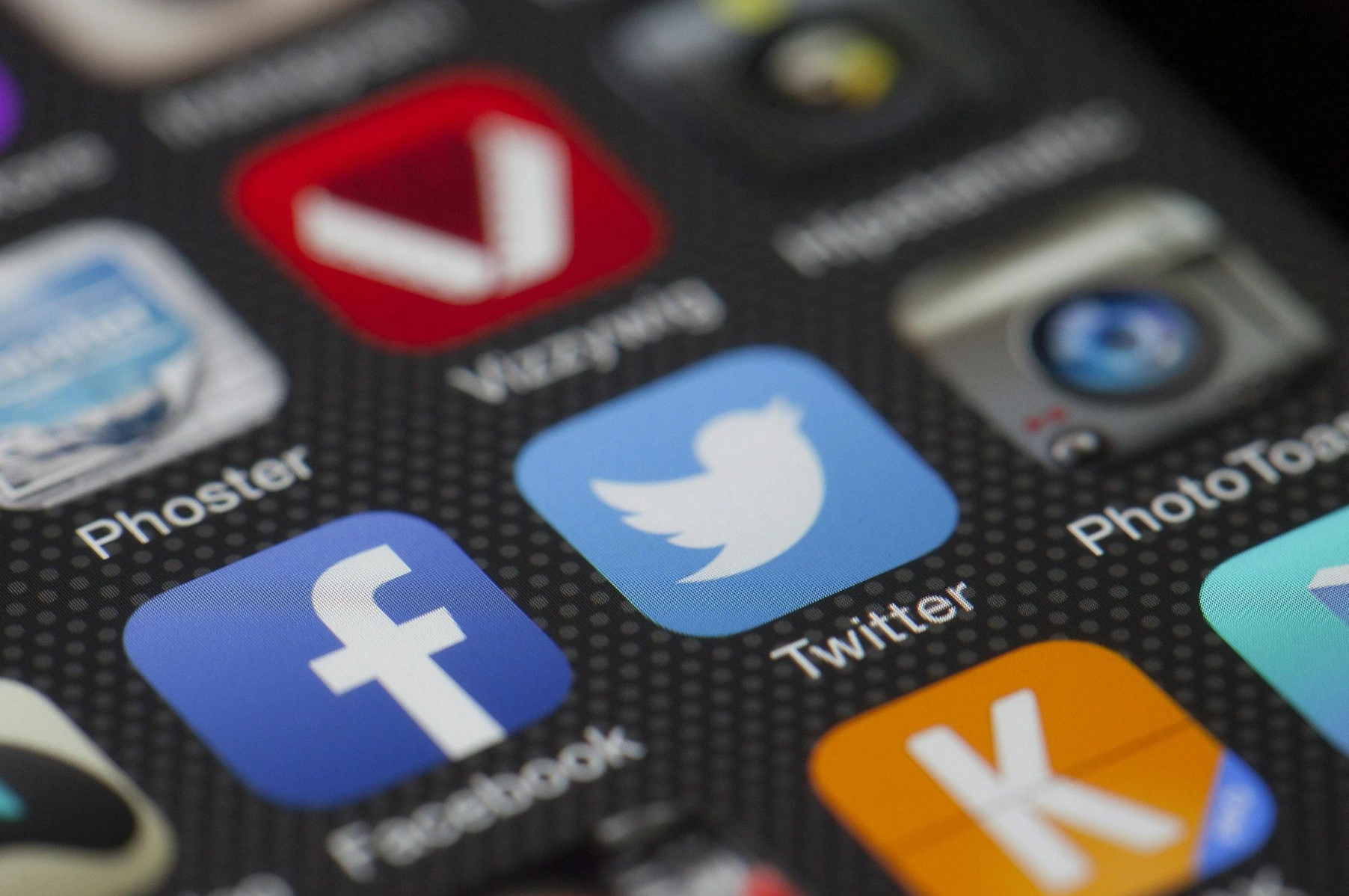
2000–2004: The Birth of Modern Social Networking
The early 2000s were a turning point in the social media timeline. It was during this period that social media truly became social. Platforms emerged that emphasized connection, profile-based identity, and user-generated content. These networks introduced features like friend lists, messaging, and customizable pages that would define social media for the next two decades.
- 2002 – Friendster: Introduced circles of friends and status updates.
- 2003 – MySpace: Became the first massively popular platform with music, blogs, and profile customization.
- 2003 – LinkedIn: Focused on professional networking and business contacts.
- 2004 – Facebook: Launched at Harvard and rapidly expanded to universities and the public, setting the standard for modern social networks.

2005–2009: Video, Microblogging, and Mass Adoption
As broadband access expanded and smartphones began to appear, social media grew richer and faster. The history of social media entered a phase of high interactivity and real-time content sharing. New platforms emerged that emphasized short updates, video sharing, and media engagement, which changed how people consumed and created content online.
- 2005 – YouTube: Made video-sharing accessible to everyone; major shift in digital storytelling.
- 2006 – Twitter: Introduced microblogging with 140-character updates; became a central tool for live news.
- 2006 – Facebook News Feed: Changed how users consumed content—bringing social updates to the homepage.
- 2007 – Tumblr: Blended blogging with social sharing; popular with creative subcultures.
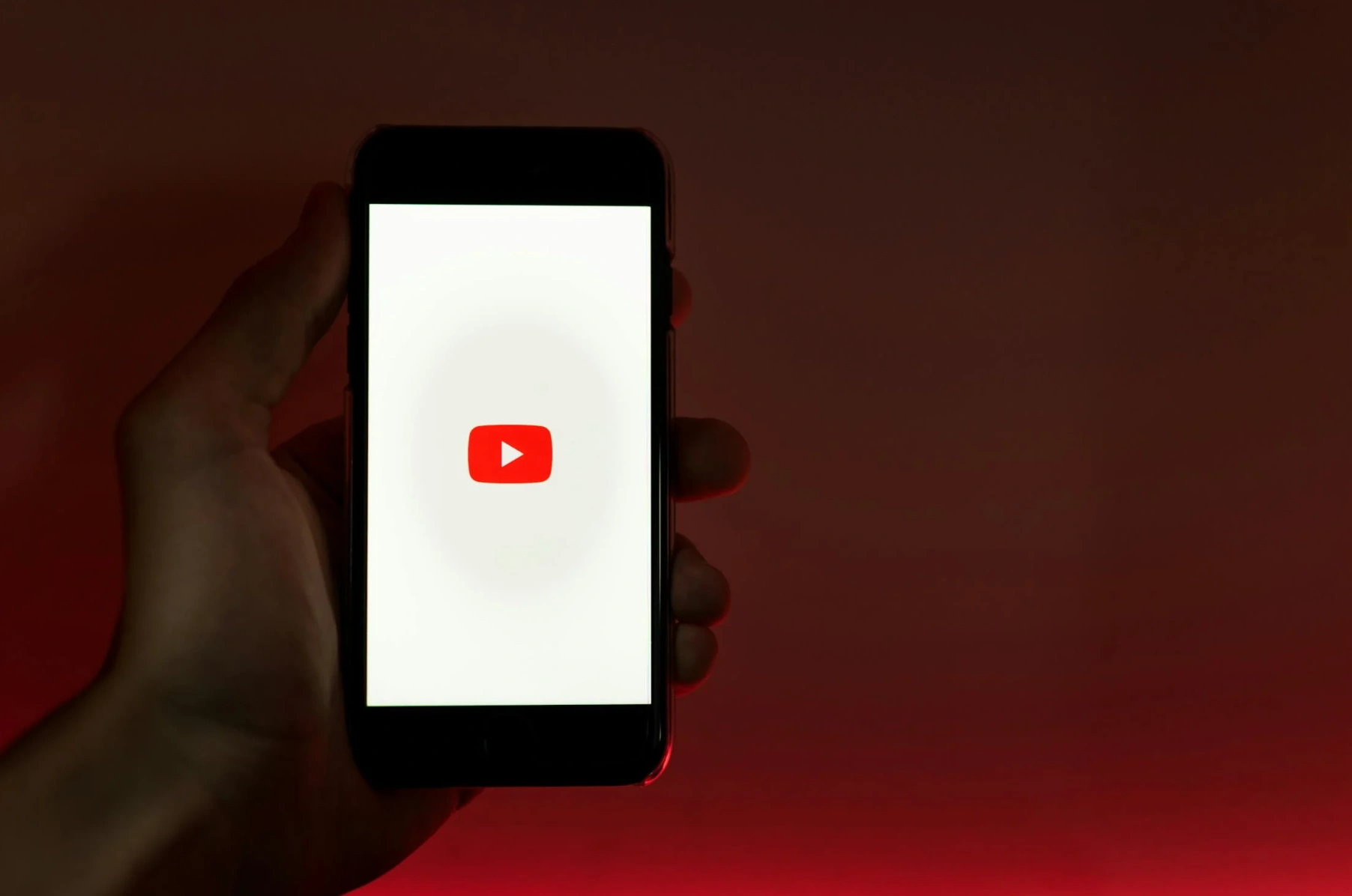
2010–2014: The Rise of Mobile and Visual Platforms
This era saw a shift toward a mobile-first social media experience. As smartphones became the default device, social platforms adapted with apps that favored quick, visual updates. This phase was all about photos, short messages, and platform expansion. The social media history during this period is dominated by apps that remain massive today.
- 2010 – Instagram: Centered around filters and lifestyle imagery; fueled influencer culture.
- 2011 – Snapchat: Introduced disappearing photos and Stories; changed how people communicated.
- 2012 – Facebook Acquires Instagram: A $1B move that consolidated Facebook’s control of visual platforms.
- 2014 – Musical.ly: Focused on short lip-sync videos; would later evolve into TikTok.
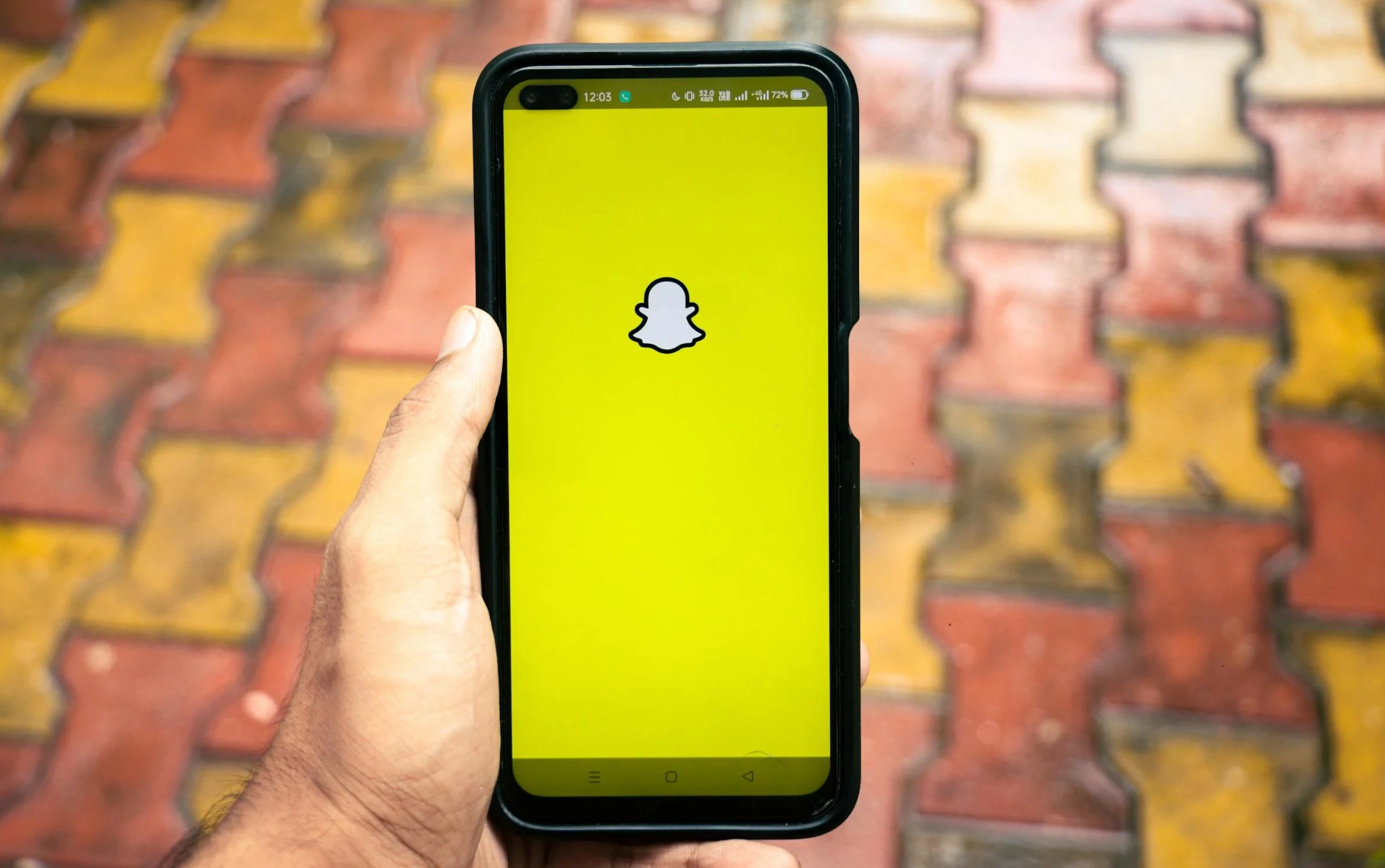
2015–2019: Monetization and the Rise of Influencers
In the late 2010s, social media became a full-blown industry. Platforms turned into ad engines, users became influencers, and the relationship between audience and creator became more transactional. This period in the history of social media is marked by the blending of commerce, marketing, and entertainment.
- 2015 – Instagram Introduces Ads: Brands gain tools to target users and measure performance.
- 2016 – Facebook Live and Instagram Live: Real-time broadcasting changes content consumption.
- 2017 – TikTok Launches (as global rebrand of Musical.ly): Quickly gains massive user base and cultural momentum.
- 2018 – Twitch and Discord Boom: Gaming and community platforms gain massive audiences.
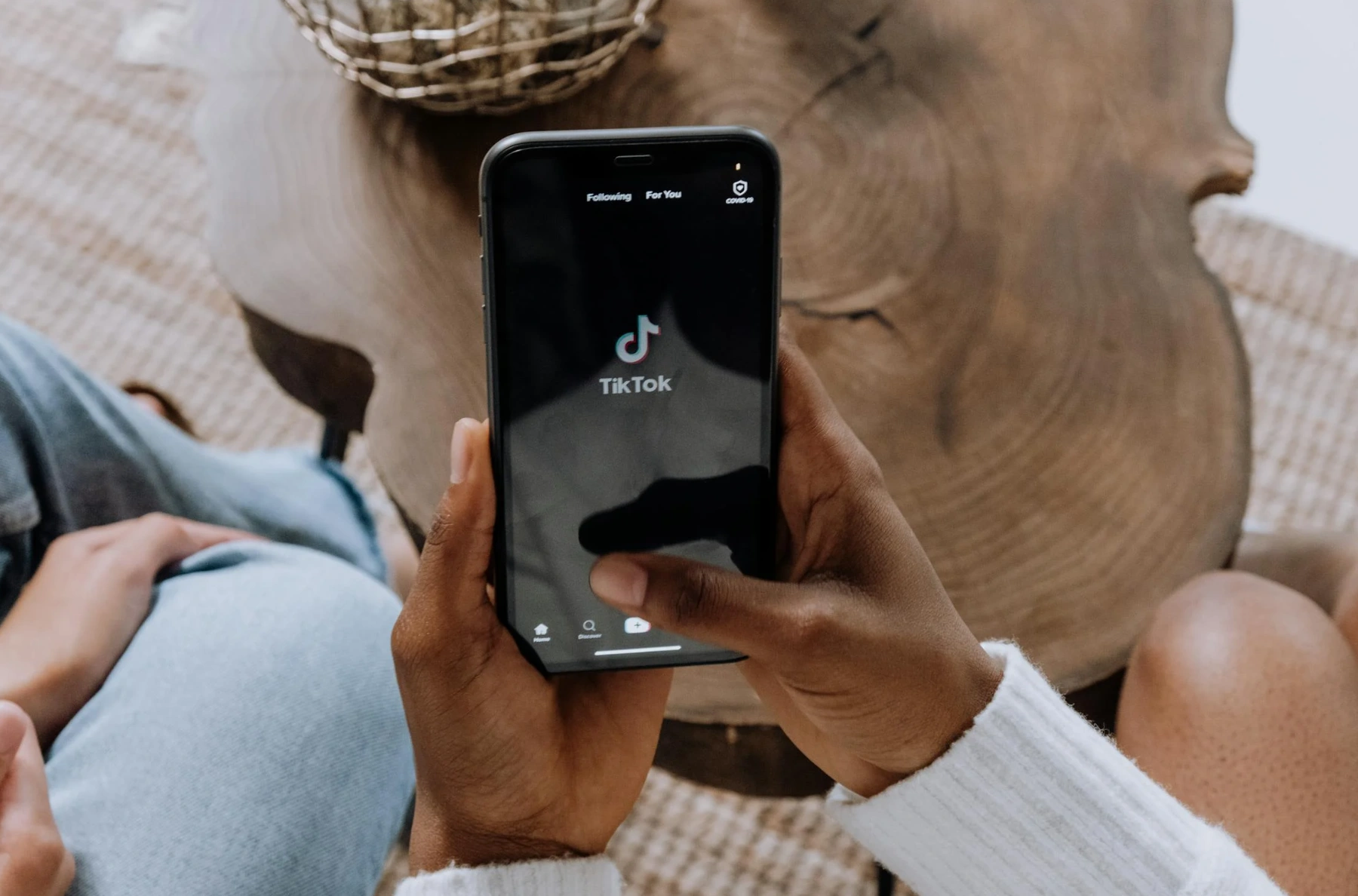
2020–2023: Short-Form Video and Digital Overload
This period marks both a peak and a turning point in the social media timeline. TikTok’s algorithm-driven content discovery reshaped user expectations, while platforms like Instagram and YouTube adapted with short-form video. Simultaneously, concerns around digital wellness, misinformation, and platform fatigue emerged.
- 2020 – TikTok Becomes the Most Downloaded App: Revolutionizes video with AI-powered content suggestions.
- 2021 – Clubhouse Rises (and Fades): Voice-based social app thrives briefly before being overshadowed.
- 2022 – BeReal Launches: Attempts to bring “authentic” moments back to social media.
- 2023 – Threads by Meta: Meta’s alternative to Twitter, focused on text-based sharing and moderation.
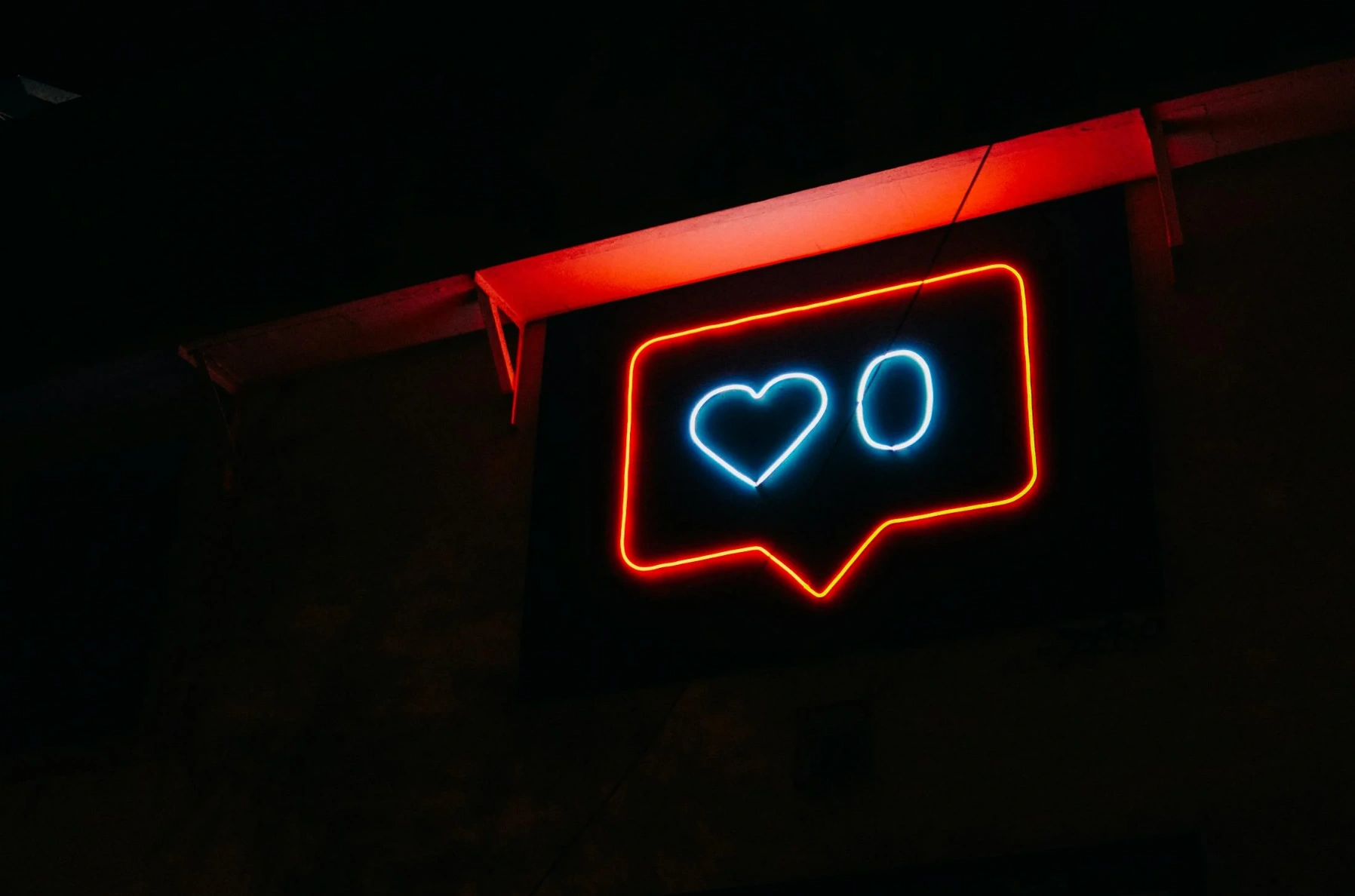
2024–2025: AI, Privacy, and Decentralized Networks
The current phase of the history of social media is being shaped by artificial intelligence, ethical concerns, and decentralization. Users want more control over their data and experiences. Platforms are adapting to these shifts with smarter algorithms, better moderation tools, and open protocols.
- AI Integration: Content suggestions, visual editing, and generative captions now driven by AI.
- Decentralized Platforms: Mastodon, Bluesky, and others gain popularity as users seek alternatives to big tech.
- Governments Push Regulation: Privacy laws and content moderation standards are becoming central issues.
Social Media’s Evolution is Still Ongoing
The history of social media shows how quickly technology, behavior, and culture can change. What began as simple text posts has become a landscape of AI-driven content, video storytelling, and digital identity. As platforms rise and fall, the one constant is change. Social media continues to evolve—and so does its influence on how we connect, express, and understand the world.
- Each era of the social media timeline reflects a leap in how we communicate
- The next wave will focus on user control, ethical AI, and deeper personalization
FAQs
What is the history of social media?
The history of social media traces its evolution from early online communities in the 1980s to global platforms like Facebook, Instagram, and TikTok dominating communication today.
When did social media start?
Social media began in the late 1990s with platforms like SixDegrees.com and grew rapidly in the early 2000s with MySpace and Facebook.
Which platform changed social media the most?
Facebook standardized the modern social network, but TikTok redefined discovery and engagement with short-form video in the 2020s.
How has social media evolved?
Social media evolved from text-based forums to image- and video-driven platforms powered by AI, changing communication, entertainment, and commerce.
What’s next in the social media timeline?
Expect more AI-powered content, decentralized platforms, stronger privacy regulations, and new models of content creation and community management.

